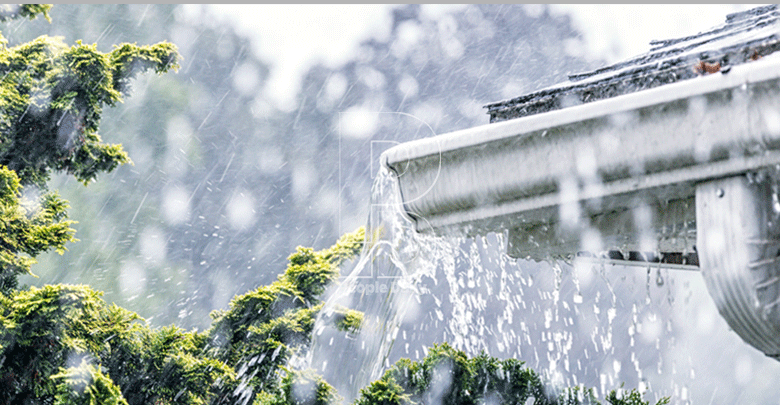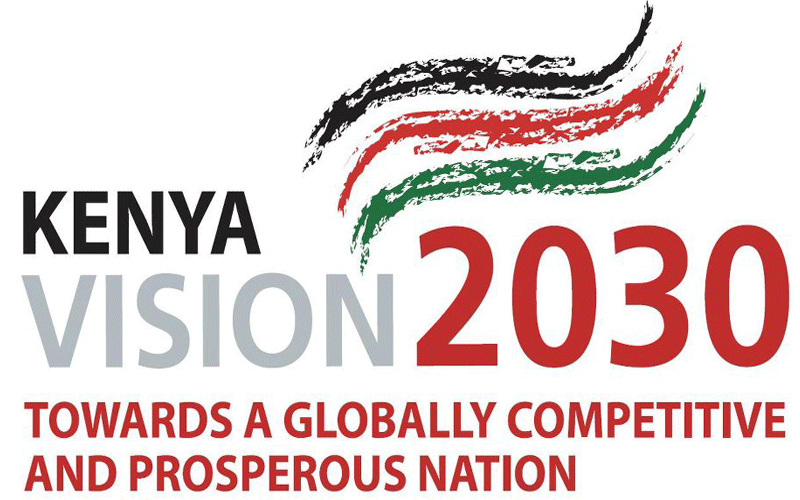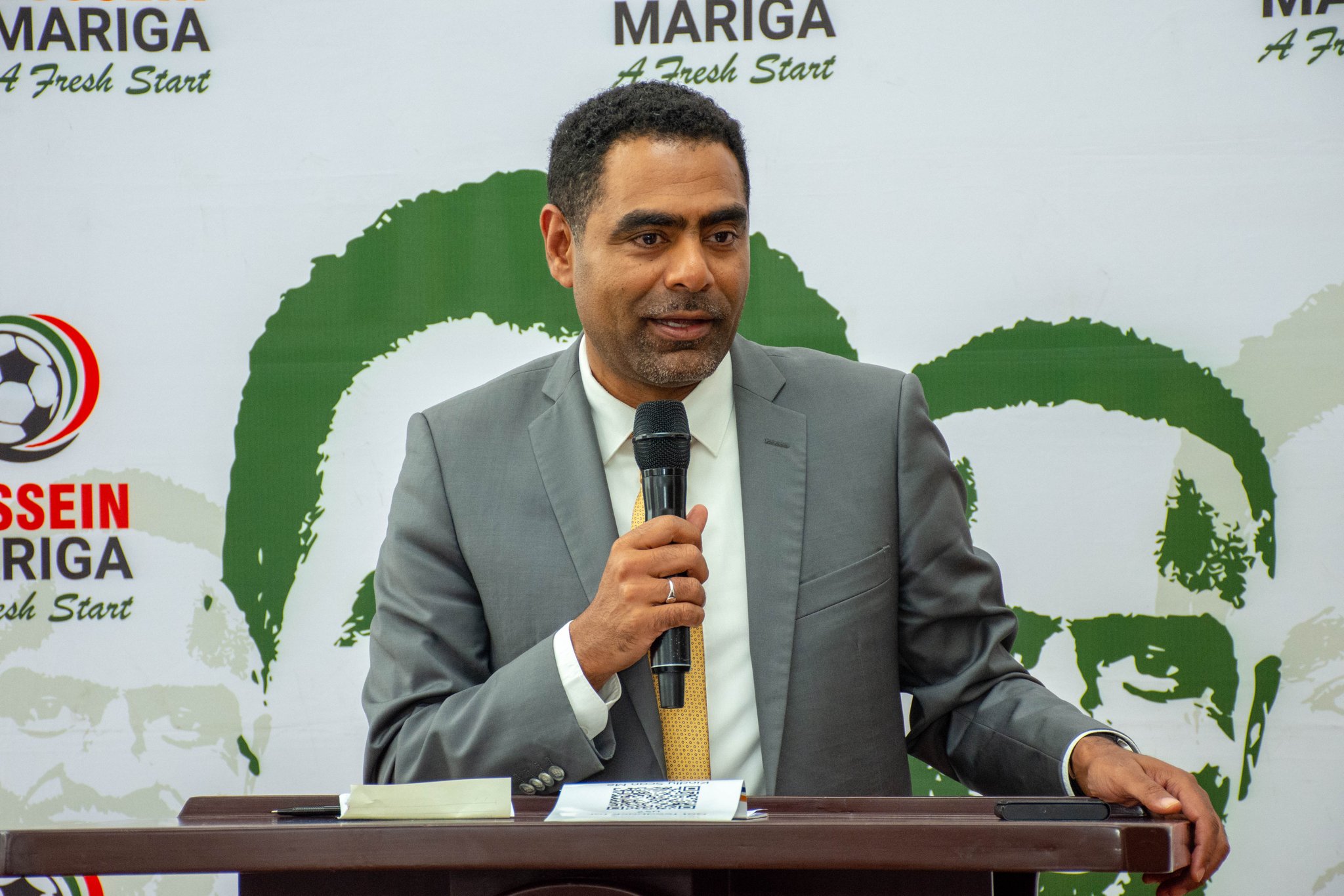Harvesting the Skies, a simple solution for making water available to Kenya

Simon Thomas
We are once again in the rainy season. It has been raining heavily in most parts of the country but despite this, most households lack the most basic commodity. Water.
You would expect that with rains aplenty, fresh water might be available to all.
But this is not the case. While rainwater harvesting is practiced in the country, most households still use the traditional ways of trapping water with most of it going to waste.
Kenya is considered a water scarce country. Its per capita water availability is less than 600 cubic metres, which is below the global threshold of 1000 cubic metres per capita.
But, to give credit where it is due, of all the countries in East Africa, Kenya has been at the forefront of many innovative technologies that capture the scarce rainwater that large parts of the country receives.
For domestic needs, for instance, roof water tanks provide a quality source of water during the dry seasons when water resources are scarce.
For agricultural communities, the country knows many success stories on the large-scale uptake of terracing and other water buffering measures
Projects on rainwater harvesting have produced and innovated technologies that make smart use of the landscape’s natural features
Water scarcity is a critical constraint to the country’s socio-economic development and its achievement of Kenya’s Vision 2030, as well as the global development agenda detailed in the Sustainable Development Goals.
The situation is exacerbated by climate change and increasing water demand due to population growth and urbanisation.
Five years ago, the Kenyan national government, in a bid to ensure there is water for all, created an enabling environment composed of policies and legislation designed to increase rainwater storage.
These included the enactment of Water Act 2016, which would establish new water institutions namely, the Water Resources Authority, Basin Water Resources Committee, Water Services Regulatory Board, Water Works Development Agencies, Water Sector Trust Fund and, importantly, the National Water Harvesting and Storage Authority and Water Tribunal.
This Tribunal will further streamline the government’s Water Sector and increase access to clean water for all, in adequate quantity and quality at affordable prices as envisaged in Vision 2030 and the Constitution of Kenya.
In spite of these advances, slow implementation and low technology adoption is hampering its realization.
Challenges include poorly coordinated technology approaches by various development partners, unsustainable grant-based community service approaches adopted by development partners and inadequate financing mechanisms to reduce risks.
Rainwater harvesting is a simple water supply technique that involves the capturing and storing of rainwater from roof and ground catchments for domestic, agricultural, industrial and environmental purposes.
When surface run-off is collected in reservoirs, it can be used for the management of floods and droughts.
Surface runoff can also be used for recharging groundwater, which will positively impact on springs and shallow wells. Rainwater harvesting yields numerous social and economic benefits and contributes to poverty alleviation and sustainable development.
The need for rainwater has been growing in the region, not only for crop production but also for livestock and household use.
About 69% of the land in eastern and southern Africa falls within arid, semi-arid and dry sub-humid zones where permanent rivers are few and far apart.
Ground water exploration, development and abstraction is expensive and beyond the reach of many. There has therefore been growing interest in alternative sources of water that are affordable and can be implemented using local resources.
Rainwater harvesting systems on the other hand are less expensive, decentralized and participatory and benefit communities in rural and urban areas. Besides the physical water supply structures, there are policy gaps in addressing water-related diseases.
Rainwater harvesting technology is an old established art in Kenya, whose abundant knowledge has not been applied to its full potential, especially in urban informal settlements and its neighbourhoods due to various challenges and constraints experienced by community-based organisations.
Observations in most of our urban centres show that rainwater-harvesting structures are not integrated into the building but are added as an afterthought.
This is due to the existing by-laws and lack of awareness by planners, policy makers, beneficiaries and many engineers.
Technological challenges in rainwater harvesting could be turned into realities by adopting pragmatic approaches like creating awareness through exposure, involving other stakeholders, use of appropriate designs in the rainfall data, guttering systems, sizing of storage tanks and use of locally available resources.
In many parts of Kenya people cannot be expected to improve their current living conditions without adequate water supply.
For any development, may it be industrial, commercial or agricultural, water is needed for it to succeed.
Therefore, rainwater harvesting should be introduced as a bylaw in the building guidelines and any new development should be encouraged to explore and apply the rainwater harvesting technologies, notwithstanding policy managerial and technical challenges. – The Author is an international consultant and board member of Megapipes Solutions Limited














